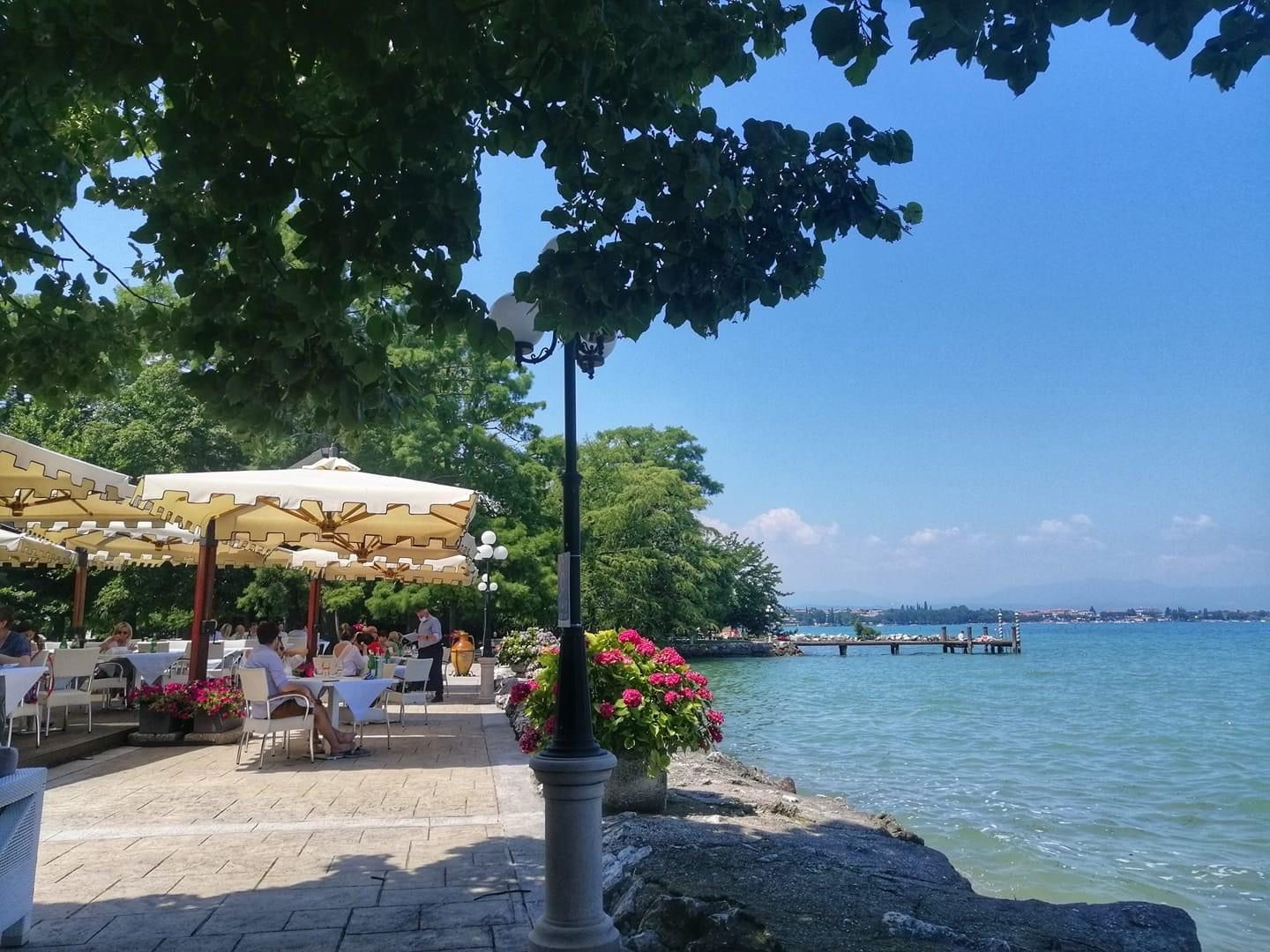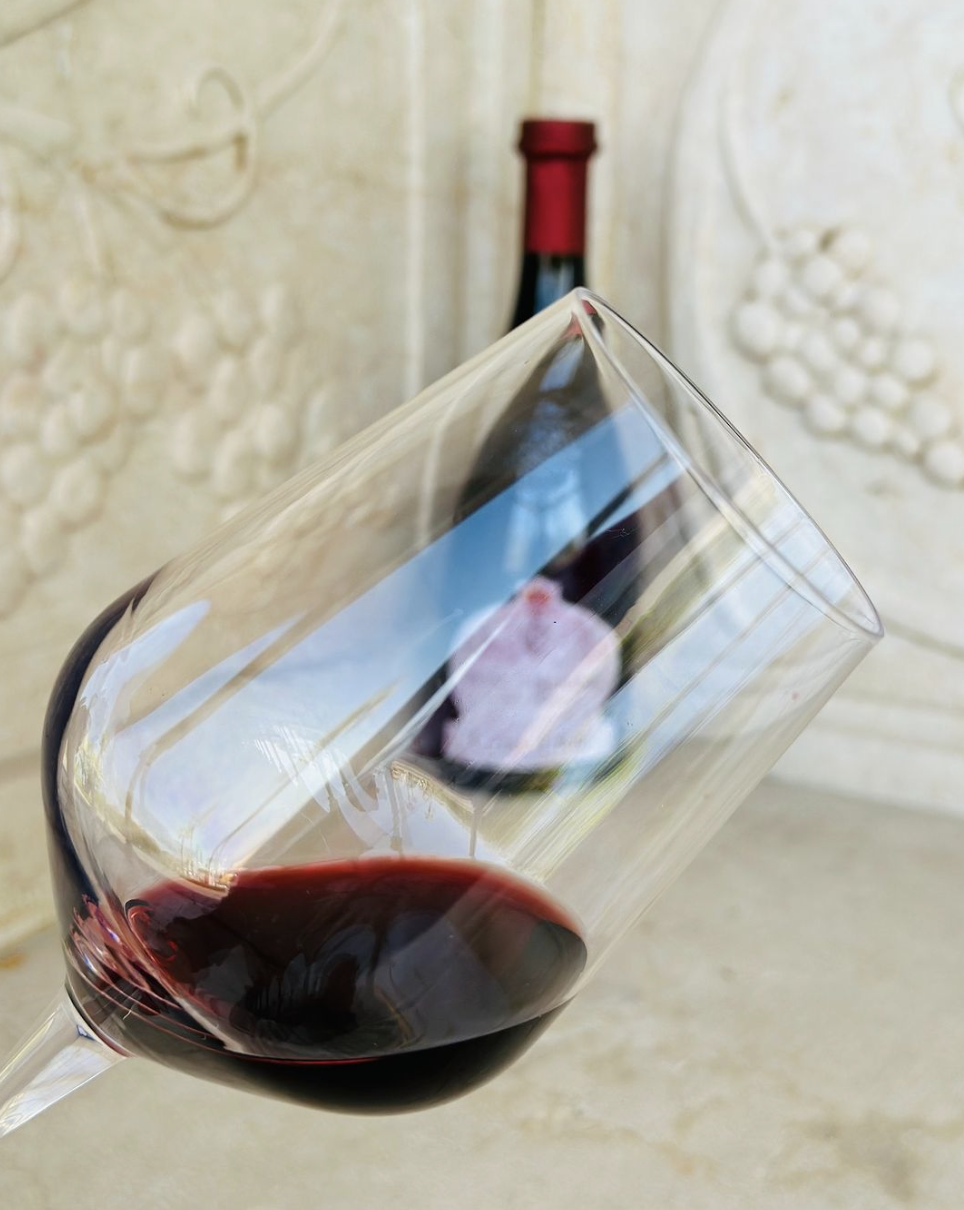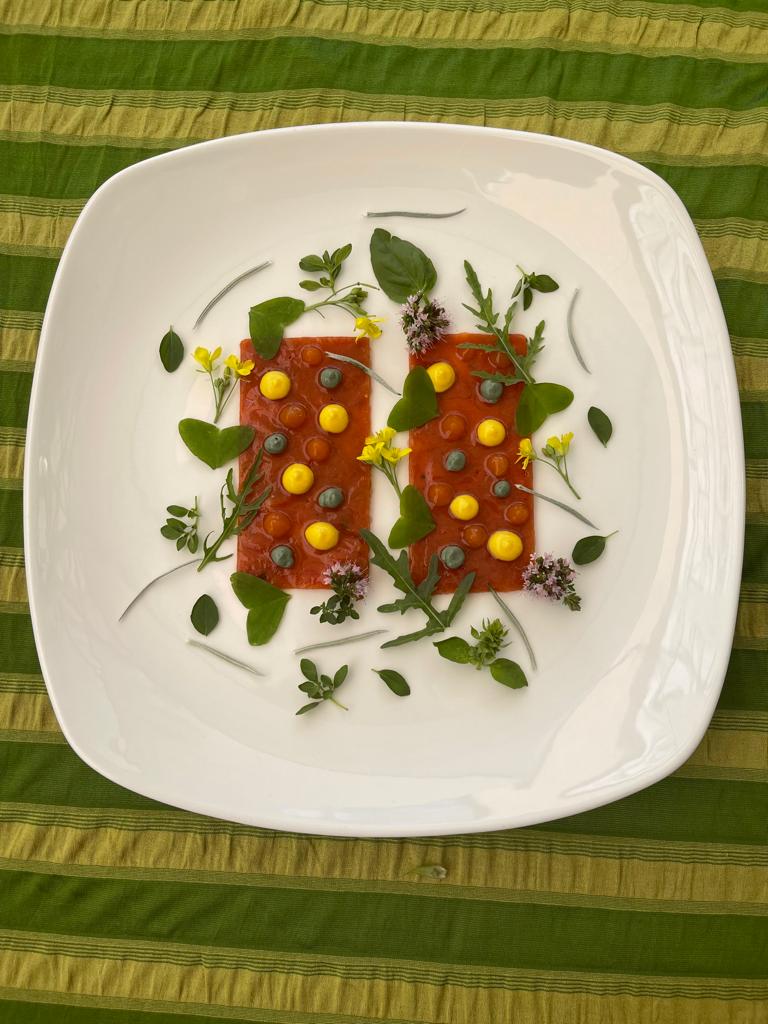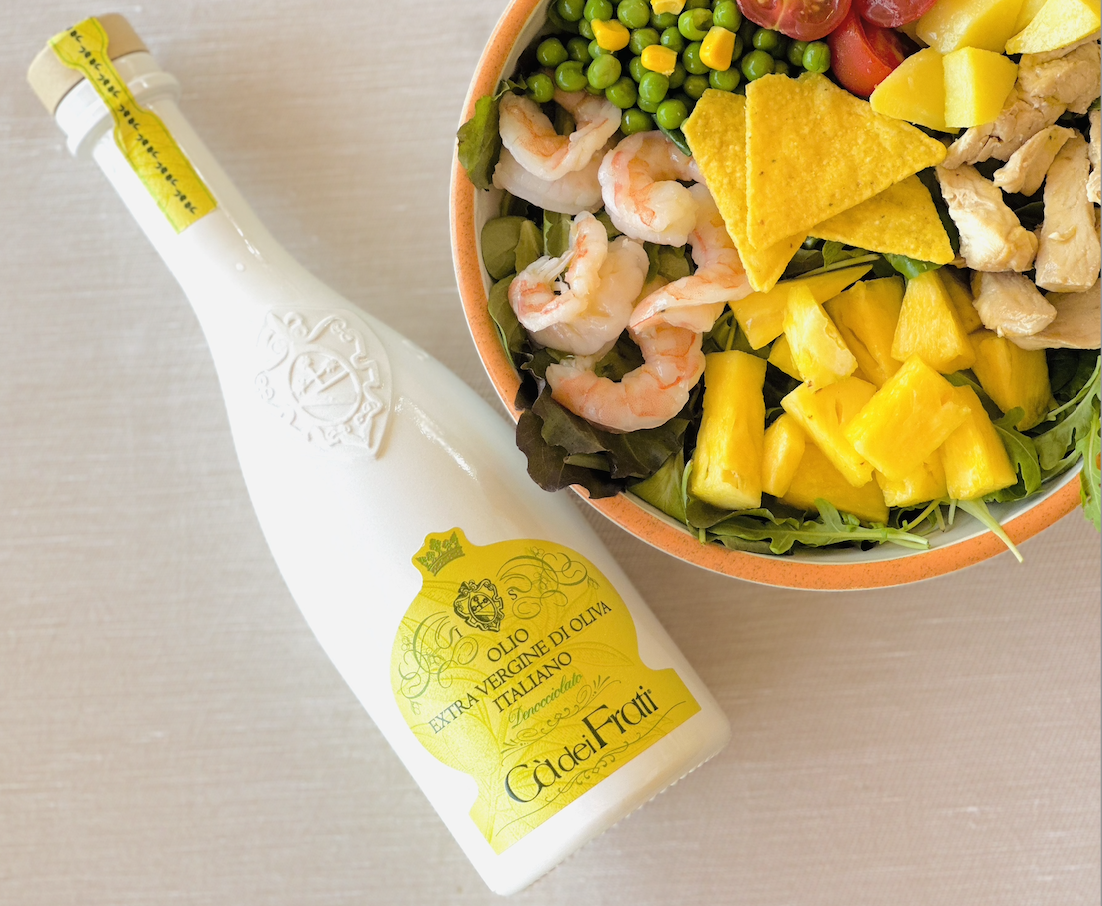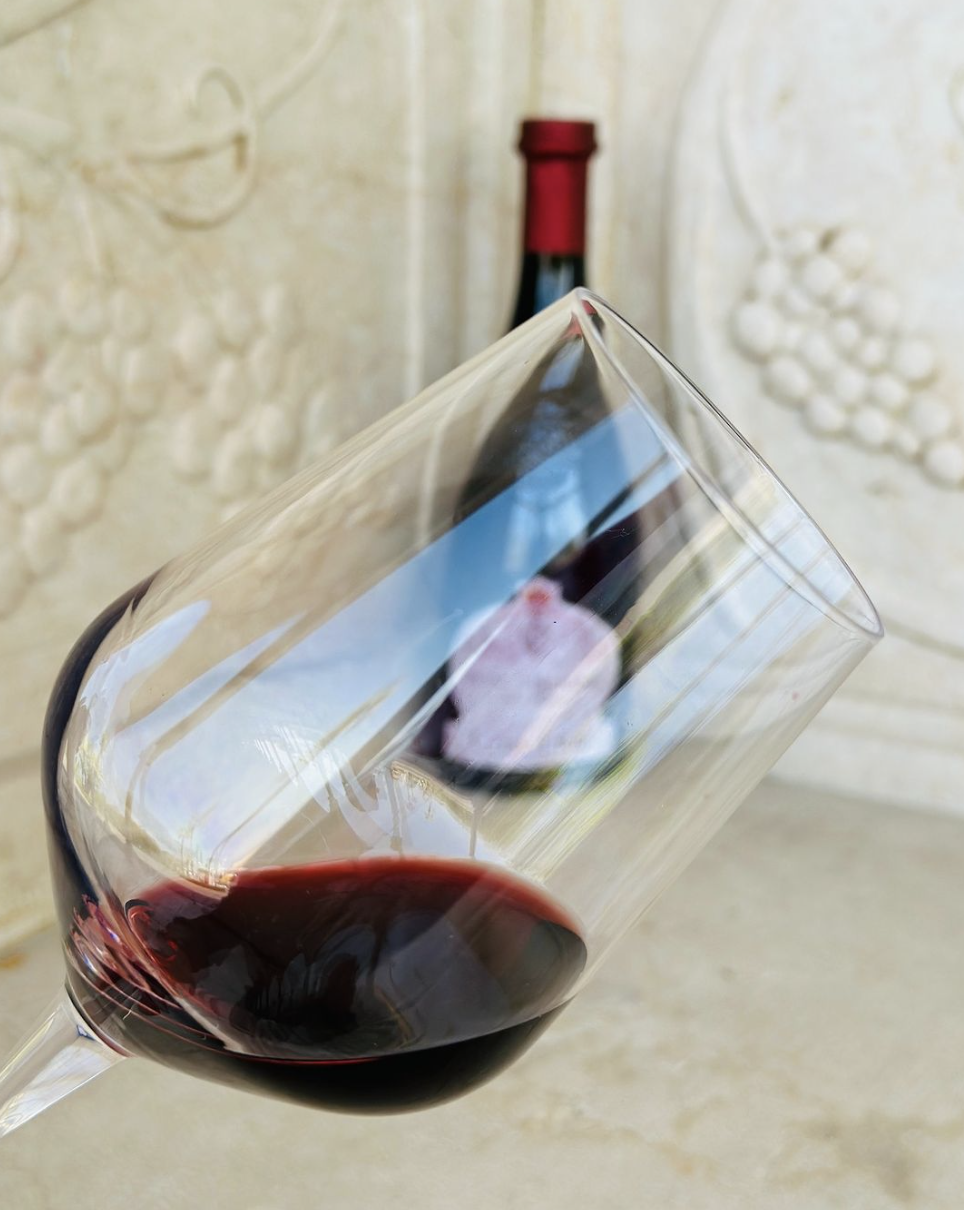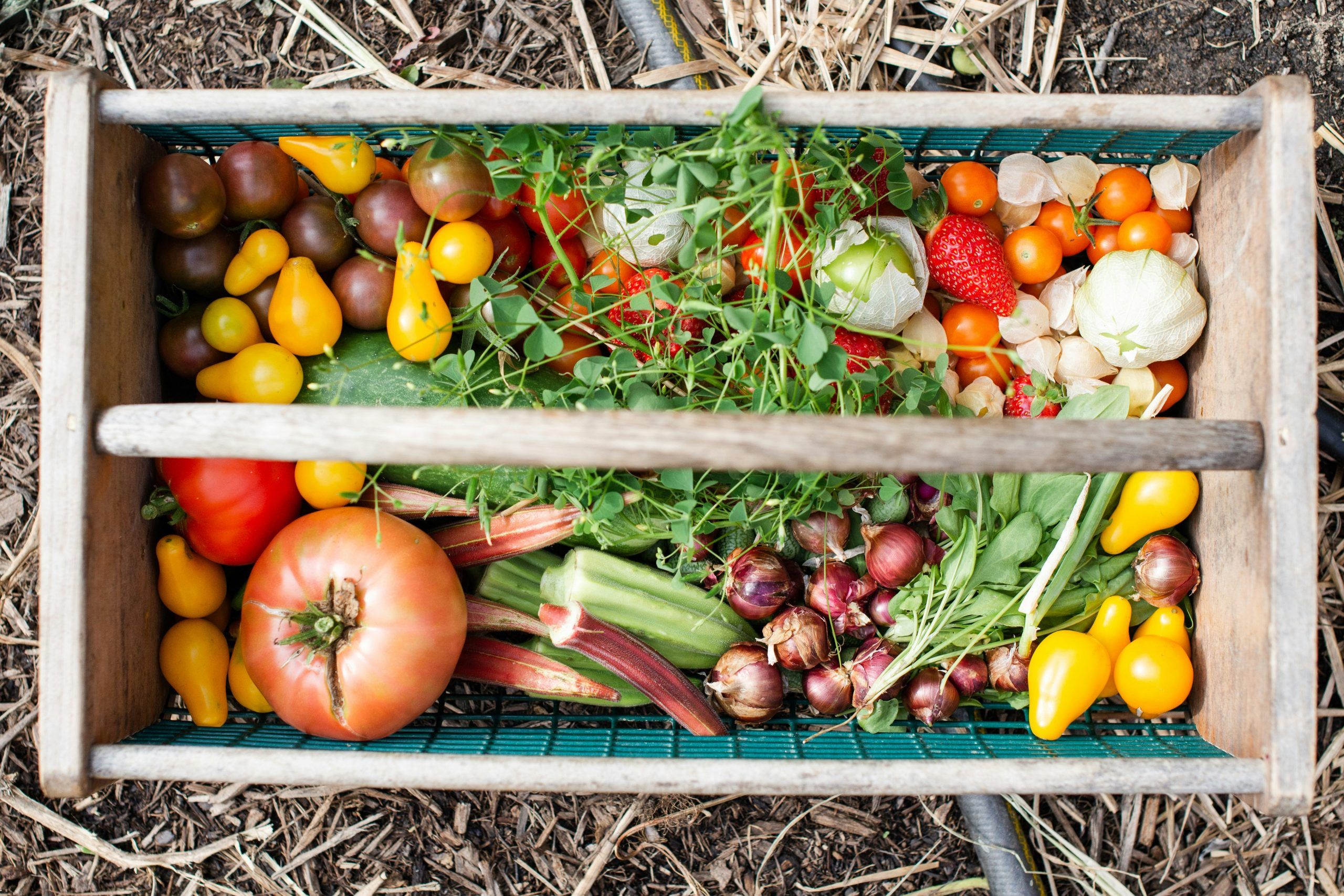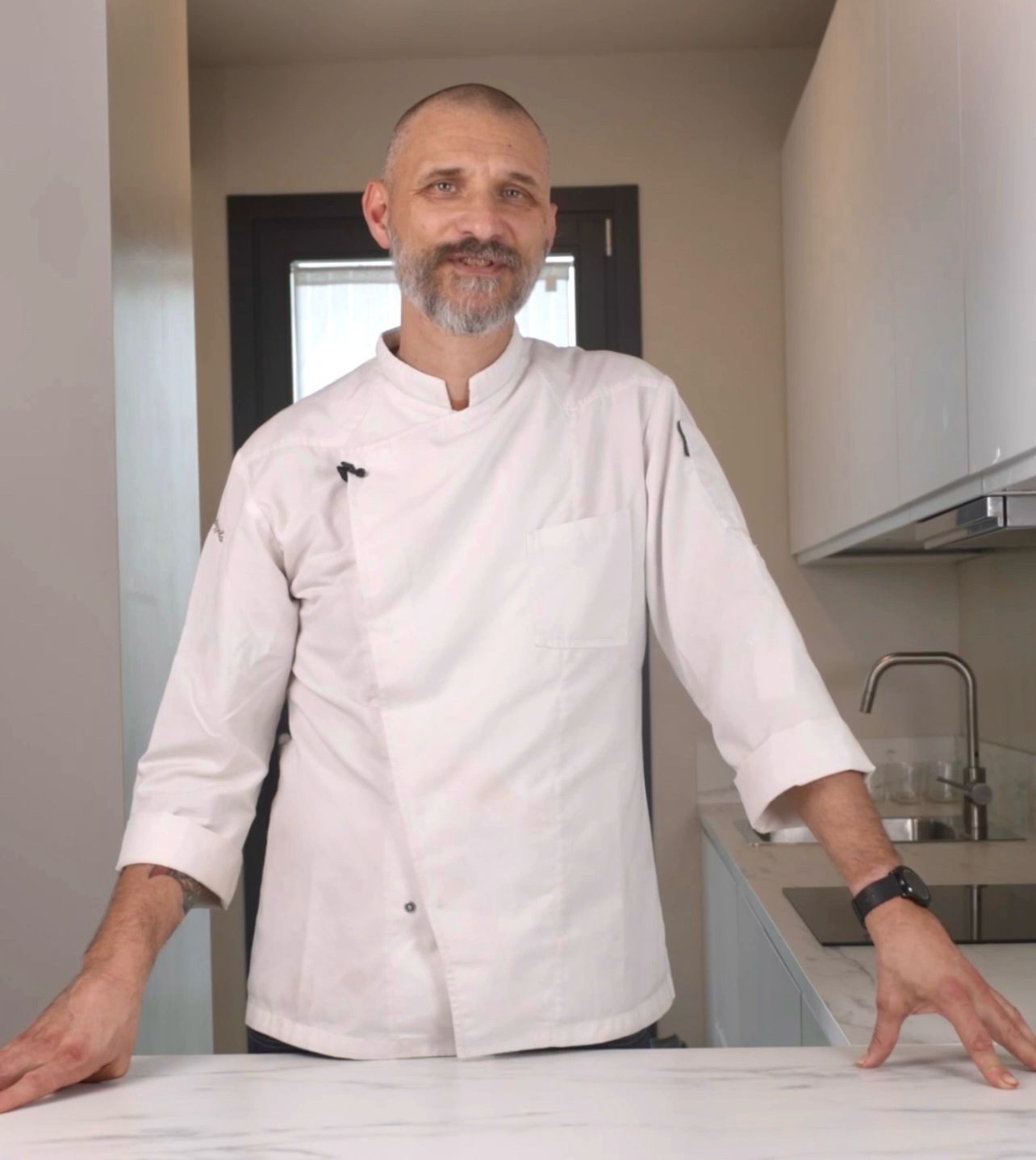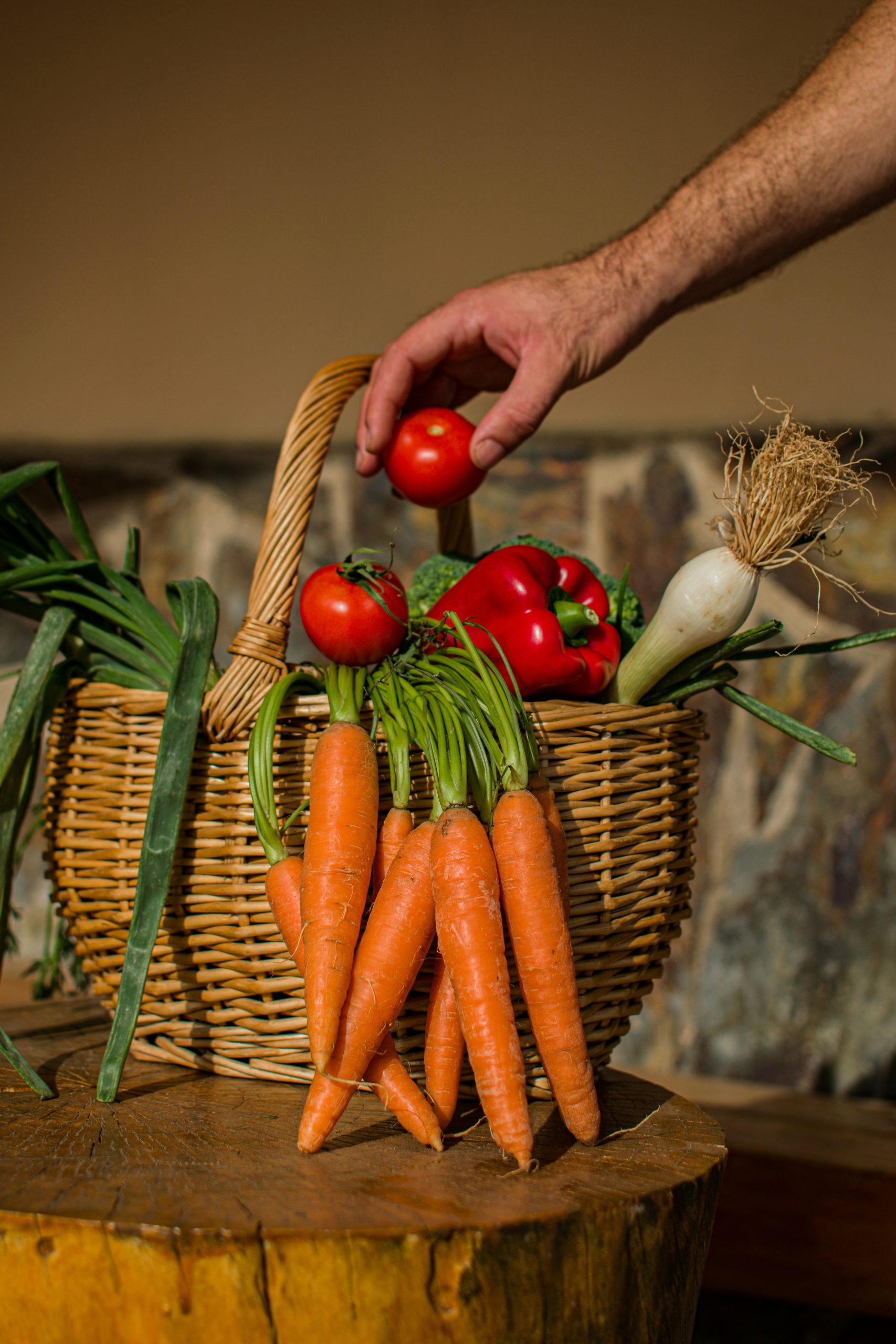Walks around the Fenice

Two proposals for a few hours by the lake
Starting from the Fenice, after having enjoyed a good coffee on the lake or after a tasty meal at our Bistro, we recommend two interesting routes for a simple but relaxing walk starting from our restaurant:
- Direction Peschiera: the fisherman’s house
- Direction Sirmione: the historic center
Direction Peschiera: the fisherman’s house
Observing La Fenice, head towards Peschiera, then right, passing behind the church of Santa Maria di Lugana and continuing along the lakeside.
It is a totally pedestrian area that runs along the lake shore, which has just been renovated. For any children, you should pay attention to the fact that you can access the lake directly without barriers.
This walk is also excellent with pets.
Continue towards Peschiera passing on its wooden piers, the first longest crossing a part of the reeds (look to the left and take a photo on sunny days!), the second shortest crossing a “ganfo”, which is one of the streams of water that opens into the lake from the hinterland. At this point you will find a house entirely painted by some street artists, created thanks to a project by the municipality of Sirmione.
We continue along the walk dedicated to Margherita Hack (perhaps because in the evening, without street lights, from here you can enjoy a beautiful starry sky, crowned by small lights on the opposite shore of the lake). At the end of this avenue, which shows a large green park on the right and the lake on the left, is the fisherman’s house.
The fisherman’s house is a magical and little-known place in the municipality of Sirmione; recently opened after a renovation, to make it a museum open to the public. The house can be visited in the morning and contains historical evidence of one of the most popular activities in Sirmione in the last century: fishing. Through the words of a fisherman, we retrace the daily life of the house that really belonged to a fisherman in the area.
Here you can find more details for the visit.
In addition to the historical interest, from here you can enjoy an exceptional view of the Sirmione peninsula: the colors of the lake and nature in this corner of the world can provide the relaxation you need after a long week of work. There is no shortage of benches for short stops, all overlooking the lake.
If you want to continue further, you will find a public pier on the left that goes through the reeds towards the lake, from where you can take some beautiful photos or relax for a few minutes in the peace of nature.
The walk consists of approximately 2-3 kilometers.
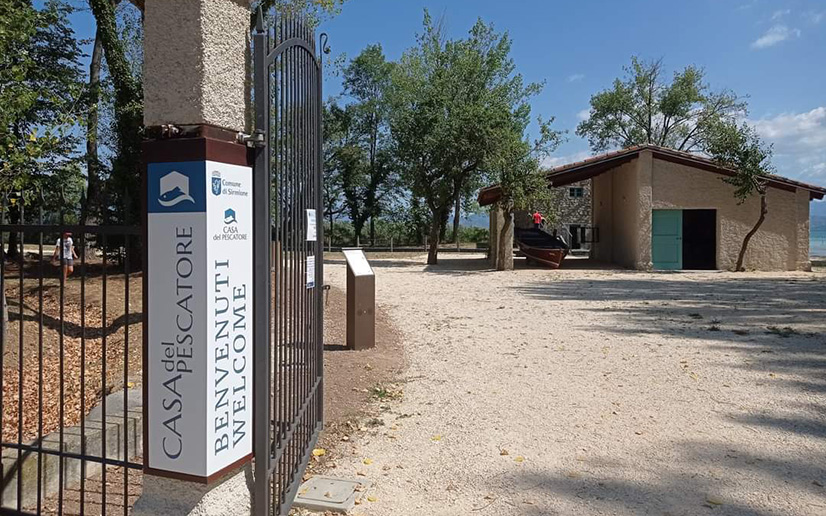
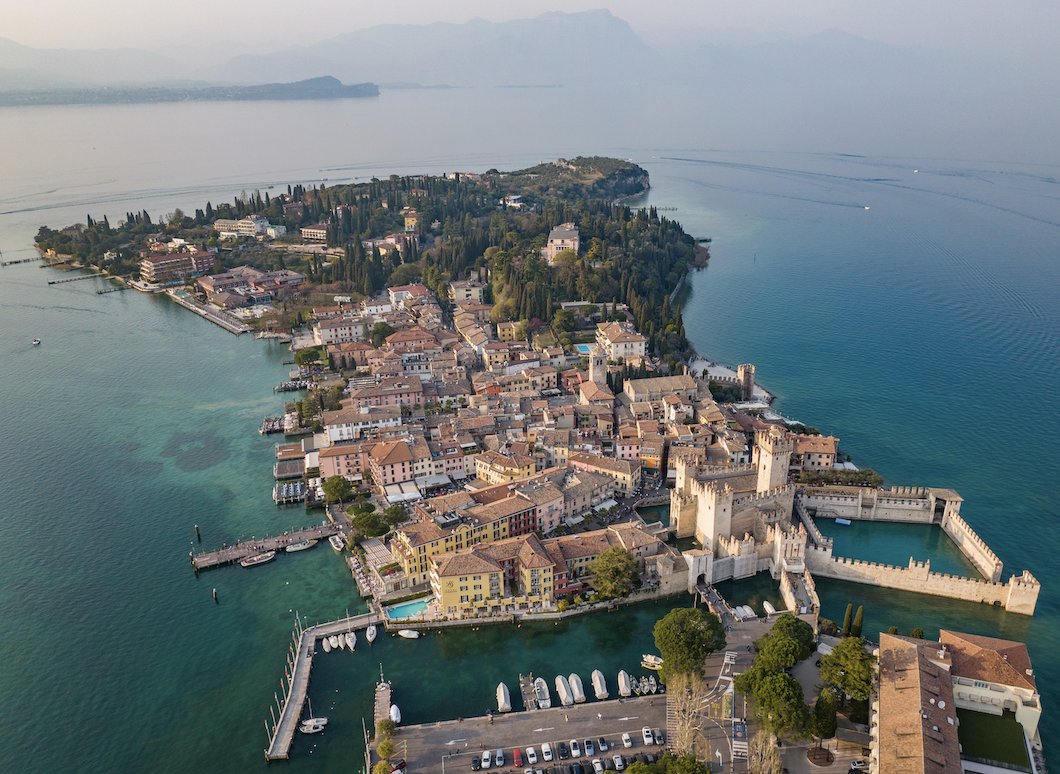
Direction Sirmione: the historic center
In this case instead we proceed to the left, observing La Fenice, towards Sirmione. The first part of this walk includes a pavement intended for pedestrians and bicycles, but once you have passed the Migross supermarket which remains on the left, you can take a pedestrian street on the right which runs directly along the coast.
It is right here that you can make a first stop and read the curious panel that tells of the prehistoric pile dwellings, a UNESCO heritage site, which were found on the lakebed in the Lugana Vecchia area and which still lie protected there today.
Continuing, you continue along the lake until you reach Porto Galeazzi, a small port that connects the pedestrian street with the road for cars that leads directly to the peninsula towards Sirmione. At this point the road towards the castle is unique and constantly equipped with pavement to be able to walk to the historic center.
Continuing in this direction you will find on the right a small clearing to relax for a few minutes with some benches overlooking the lake and a centuries-old plant recognized with a plaque from the municipality of Sirmione.
From here the center is no longer far away and to enter the historicity of this place you need to cross the ancient drawbridge of the Sirmione castle and immerse yourself in a medieval atmosphere.
We recommend avoiding the central road in the village lined with very touristy locations and taking an immediate right going around the castle (which is still worth a visit, although the interior is empty, for a photo from above of the keep which shows the peninsula and the ancient dock).
From here, Via Antiche Mura shows the first houses built in the village, fishermen’s houses near the castle dock, which date back to the Middle Ages.
Continuing slightly uphill you arrive at the church of Santa Maria della Neve, which we recommend visiting for the sixteenth-century frescoes it preserves, created by Lombard-Venetian workers. If you then pass behind the church, you will notice on the right a beautiful little lakeside garden of the parish, ideal for a souvenir photo.
Continuing the road opens onto a small clearing with a particular road sign: obligation to give a kiss with a truly breathtaking backdrop! Then taking the steps, you go down to the Muse beach (imagine why it’s called that!) and from there a walk on the lake takes you to Lido delle Bionde, one of the most beautiful panoramic points of Sirmione, from where you can continue your walk climbing the hill of the Grotte di Catullo.
You can then choose to visit this ancient Roman archaeological site with a 36o degree view of the lake and centuries-old olive groves, or go down the main road which reconnects to the historic center along its main (and more touristy and chaotic) street.
In this case the walk from the Fenice is quite long: to get to the castle it is about 3-4 kilometers one way, excluding the route inside the village walls.
-
Address: via Verona 69/71, Lugana di Sirmione, Bs.
-
Telephone: +39 030 919003

